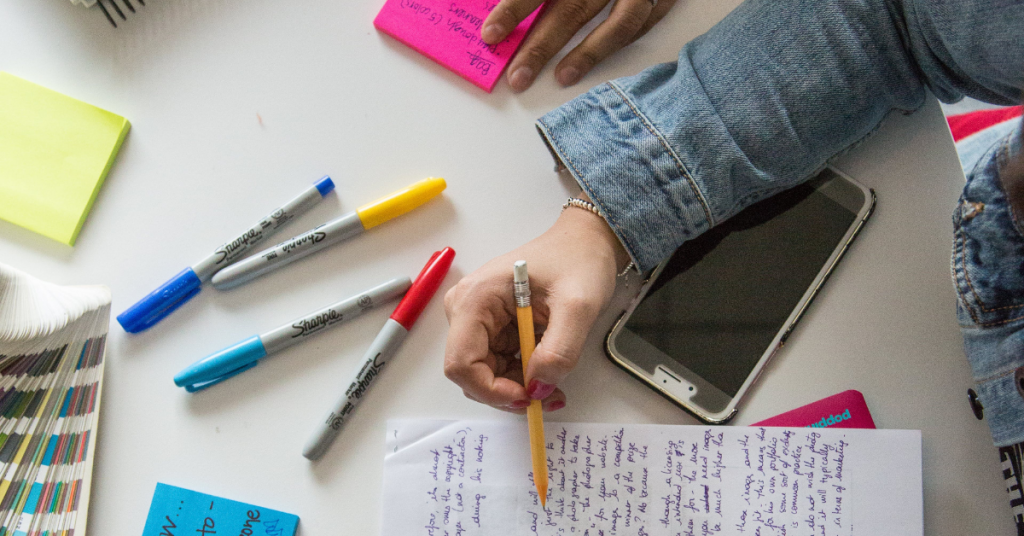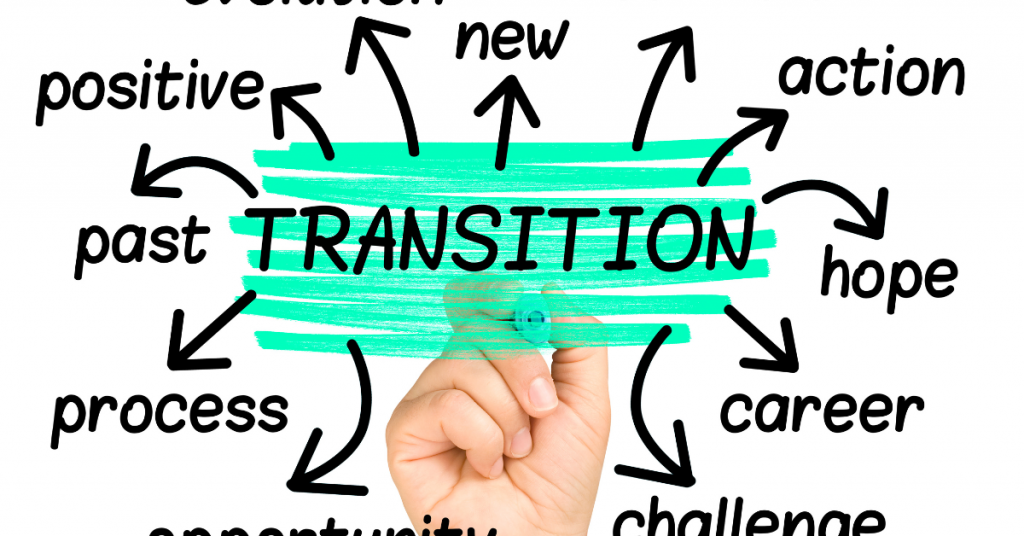Selecting the right research topic is a crucial step in the academic journey of high school students. It can determine the ease and enjoyment of the research process, as well as the quality of the final paper. A well-chosen topic not only sparks interest but also paves the way for thorough investigation and compelling argumentation. In this blog post, we will explore a variety of good research topics for high school students, spanning multiple disciplines and interests. We aim to inspire and guide you in choosing a topic that will make your research project both educational and enjoyable.
The Importance of Choosing a Good Research Topic
Choosing a good research topic is vital for several reasons:
- Engagement: A topic that interests you will keep you engaged and motivated throughout the research process.
- Depth of Research: A well-chosen topic allows for in-depth exploration, providing ample material to support your thesis.
- Skill Development: Researching a compelling topic helps you develop critical thinking, analytical, and writing skills.
- Academic Success: A strong topic can lead to a well-written paper, improving your grades and academic performance.
Tips for Choosing a Good Research Topic
Before diving into specific topics, here are some tips to help you choose a good research topic:
- Interest and Passion: Choose a topic that you are passionate about or curious to learn more about. This will make the research process more enjoyable.
- Relevance: Ensure the topic is relevant to your course or the assignment guidelines provided by your teacher.
- Resources: Make sure there are enough resources available to research your topic thoroughly.
- Specificity: Narrow down broad topics to specific aspects that can be covered in the scope of your paper.
- Originality: Try to choose a unique angle or perspective to make your research stand out.

Good Research Topics for High School Students
Science and Technology
- Climate Change and Its Impact on Global Weather Patterns: Explore the science behind climate change and its effects on different regions of the world.
- The Future of Renewable Energy: Investigate the potential of renewable energy sources like solar, wind, and hydro power in reducing carbon emissions.
- Genetic Engineering and Its Ethical Implications: Examine the advancements in genetic engineering and the ethical dilemmas they present.
- Artificial Intelligence in Everyday Life: Analyze how AI is integrated into daily activities and its potential future applications.
- The Role of Vaccinations in Public Health: Study the history of vaccinations and their impact on controlling infectious diseases.
Social Sciences
- The Evolution of Human Rights: Trace the development of human rights from ancient times to the present day.
- The Impact of Social Media on Teen Mental Health: Investigate the effects of social media usage on the mental well-being of teenagers.
- Gender Equality in the Workplace: Explore the progress and challenges in achieving gender equality in various professions.
- The Influence of Political Campaigns on Voter Behavior: Analyze how different campaign strategies affect voter decisions.
- Cultural Diversity and Its Effects on Society: Examine the benefits and challenges of cultural diversity in modern societies.
History
- The Causes and Consequences of World War II: Investigate the factors leading to WWII and its long-term effects on the world.
- The Civil Rights Movement in the United States: Explore the key events and figures of the Civil Rights Movement and its impact on American society.
- Ancient Civilizations and Their Contributions: Study the achievements of ancient civilizations such as Egypt, Greece, and Rome.
- The Cold War and Its Global Impact: Analyze the origins, major events, and consequences of the Cold War.
- The Role of Women in History: Highlight the contributions of women in various historical periods and their fight for rights and recognition.
Literature
- The Representation of Women in Classic Literature: Examine how female characters are portrayed in classic literary works.
- Themes of Racism in Modern Literature: Analyze how contemporary authors address the issue of racism in their works.
- The Influence of Shakespeare on Modern Literature: Investigate how Shakespeare’s works have shaped modern storytelling and literature.
- The Role of Fantasy in Escapism Literature: Study the popularity of fantasy genres and their role in providing escapism for readers.
- Literature as a Reflection of Society: Explore how literary works reflect the social, political, and cultural contexts of their time.
Health and Medicine
- Mental Health Awareness and Stigma: Investigate the stigma surrounding mental health and the importance of awareness and education.
- The Opioid Crisis in America: Analyze the origins, impact, and possible solutions to the opioid epidemic.
- The Benefits and Risks of Medical Marijuana: Study the medical uses of marijuana and the debate surrounding its legalization.
- The Role of Diet and Exercise in Preventing Chronic Diseases: Examine how lifestyle choices influence the risk of chronic diseases like diabetes and heart disease.
- Advancements in Cancer Treatment: Explore the latest developments in cancer research and treatment options.
Environmental Studies
- The Effects of Deforestation on Wildlife: Investigate how deforestation impacts various species and ecosystems.
- The Importance of Biodiversity Conservation: Study the significance of biodiversity and efforts to protect endangered species.
- Plastic Pollution in Oceans: Analyze the causes, consequences, and solutions to plastic pollution in marine environments.
- Sustainable Agriculture Practices: Explore methods of sustainable farming that can help protect the environment.
- The Impact of Urbanization on Natural Habitats: Examine how urban expansion affects natural habitats and wildlife.
Implementing Your Research
Once you have chosen a good research topic, the next steps involve conducting your research, organizing your findings, and writing your paper. Here’s a brief overview of the process:
- Conduct Thorough Research: Use a variety of sources such as books, academic journals, and reputable websites to gather information on your topic. Take detailed notes and keep track of your sources for citations.
- Create an Outline: Organize your thoughts and structure your paper with a clear outline. This will help you stay focused and ensure a logical flow of ideas.
- Write the First Draft: Start writing your paper based on the outline. Don’t worry about perfection at this stage; focus on getting your ideas down on paper.
- Revise and Edit: Review your first draft for clarity, coherence, and logical progression. Edit for grammar, spelling, and punctuation errors. Seek feedback from peers or teachers to improve your paper.
- Final Touches: Format your paper according to the required style guide (APA, MLA, Chicago, etc.). Ensure all citations and references are correctly formatted.
Selecting a good research topic is the foundation of a successful research paper. It drives your research process, influences the quality of your work, and determines your engagement with the project. By exploring the diverse range of topics suggested in this post, you can find a subject that resonates with your interests and academic goals.
For students who find themselves struggling to choose a topic or create a research paper, Essay 24 is here to help. We offer guidance and support for students at every level of education, ensuring that you can produce high-quality, authentic content. If you need assistance or prefer to have a professional writer craft your paper, Essay 24 provides reliable and expert services to meet your needs. Visit our website today to learn more about how we can support your academic journey.


















